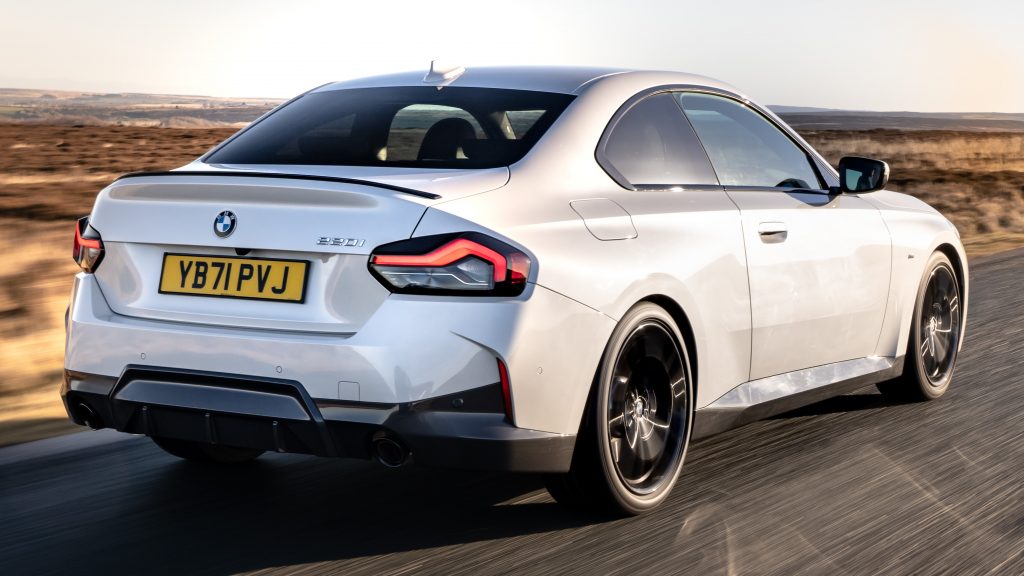Umbrella branding seems to be the next trend in the car industry. It looks interesting on paper, but it is hard to envision it thriving as much as companies are expecting

There are so many automakers and car models in the market that it is difficult to get noticed. Newcomers want a share of the sales while the longtime players try to defend theirs. Consumers often avoid extreme products, so both those types of suppliers have to balance tradition and innovation in what they offer.
Branding is a useful tool in this work. In essence, it concerns how people see the company; what it means to them. Strong brands can attract our thoughts even when we are not looking for something they offer. We want you to keep that notion in mind because it is the root of what can become the next car trend.
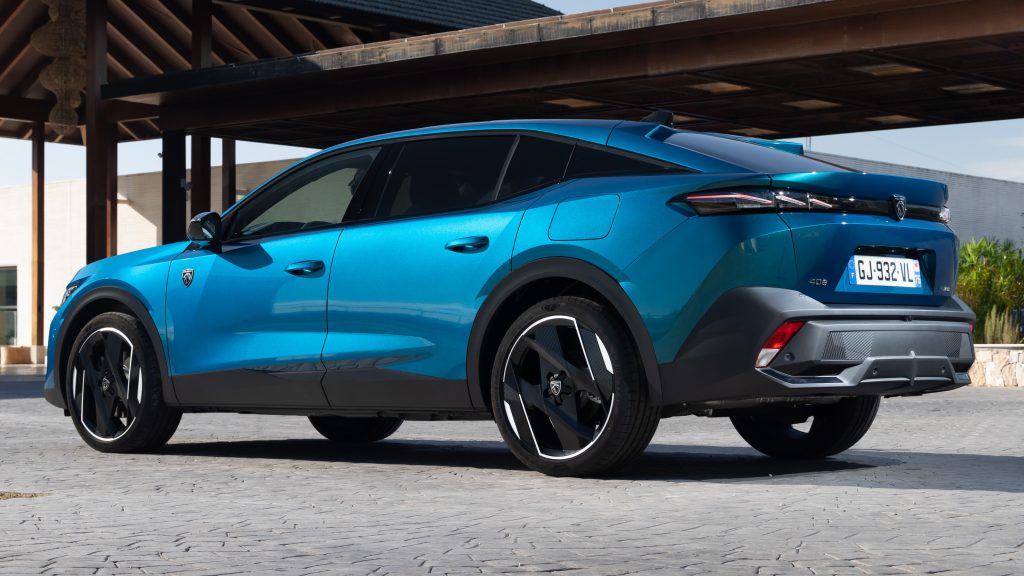
What is branding?
The fact that this topic seems saturated is actually a good reason to discuss it. Many people, even top-tier marketers, tend to reduce it to visual aspects. The truth is that branding is about communication and, as such, exists in several layers. It concerns how the company presents itself and is perceived by the public.
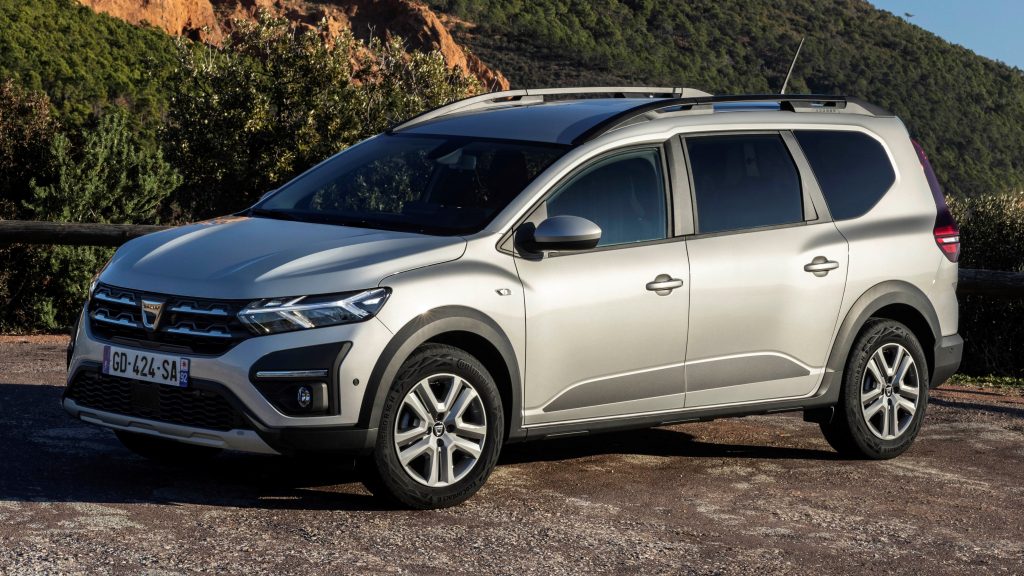
To see that in practice, choose a product you typically consume. You surely know what brand to choose if you want a fancy version of it; which one to get in case you have a low budget; what brand usually offers high quality, and so on. Those opinions are built with much more than a logo and TV commercials.
In the past, we could say that solid results in this regard would only come after much time and hard work. However, our society has gone through so many changes over the past few years that we can define new standards. We have been responding more than ever to impactful actions, whether positive or negative.
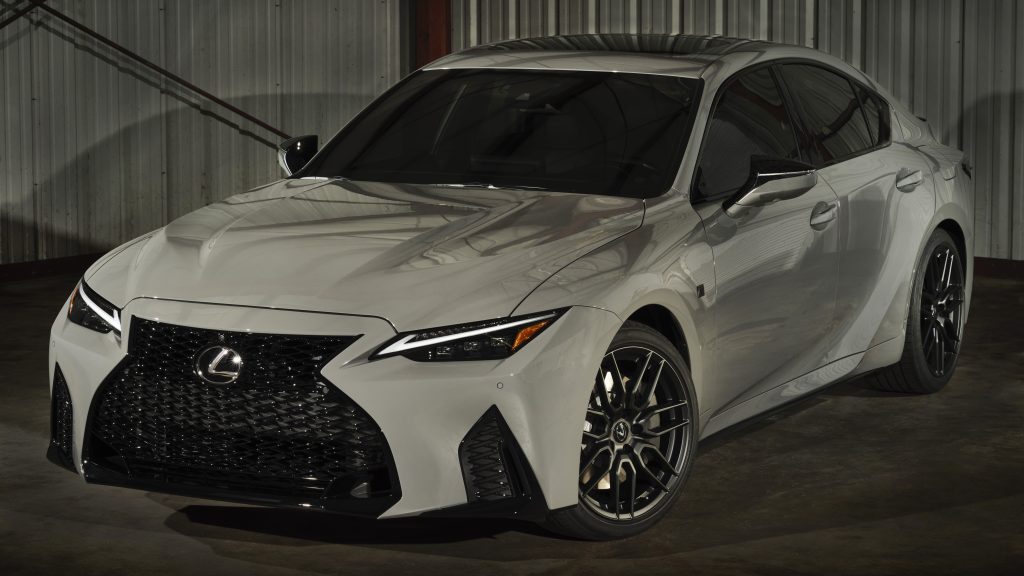
What is car branding?
Hemi engines for Dodge. The Hofmeister kink for BMW. Four-leaf clover for Alfa Romeo. Spanish cities for SEAT. Z06, Z/28, ZL1 etc. packages for Chevrolet. Silent and smooth ride for Rolls-Royce. Overall safety for Volvo. F-Series pickup trucks for Ford. Hybrid technology for Toyota. All those are only a few examples.
Car branding makes us think of one company even though there are so many of them in the market. It is what guides the recommendations we make to our non-enthusiast relatives and friends. It is a collection of elements which identify that company and its products and builds its image; its unique personality.
Brands are a bridge between company and public. Since both are continuously changing over time, it is natural that branding has to adapt. Brand umbrellas are a different type of example where there is a sense of grouping, rather than distinction. Let us start with other examples which may be easier to understand.
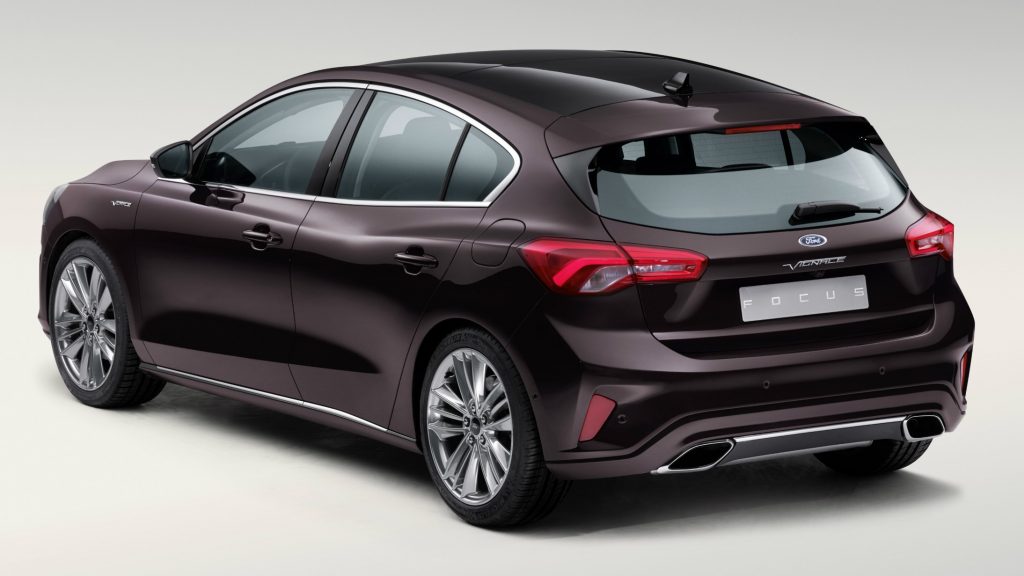

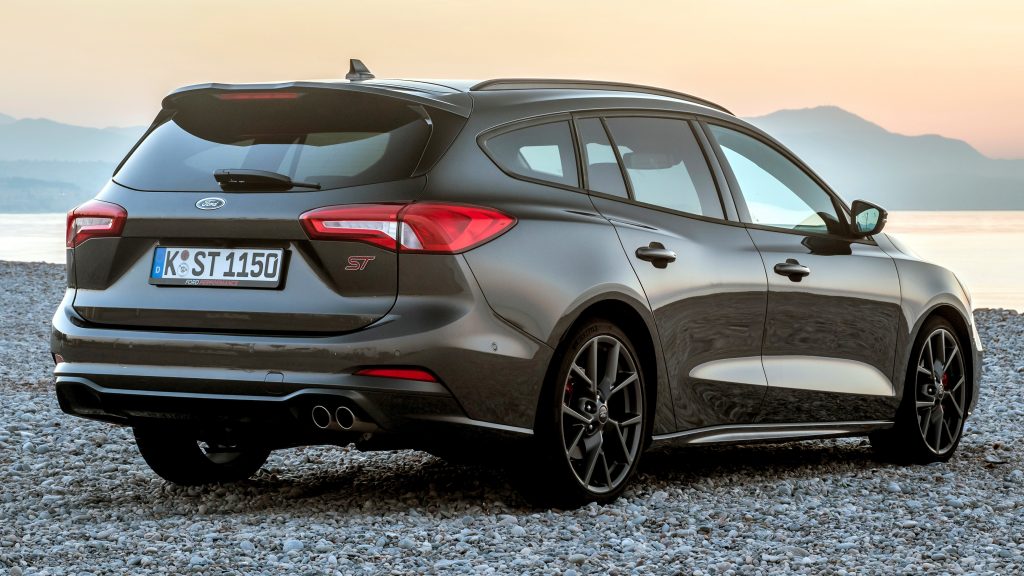
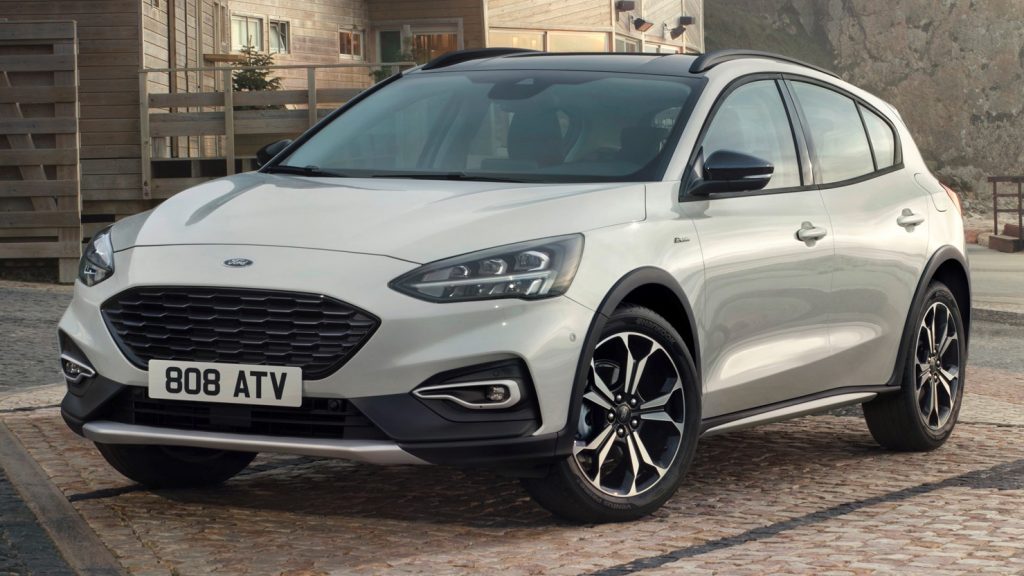
Car families
This trend peaked in the late 1990s. It consists of building the same car in several body styles, essentially changing only its rear half. We can see it as a simplified version of the modular platform concept. Its main perks were to unify marketing work and reduce the necessary time and money to develop all those cars.
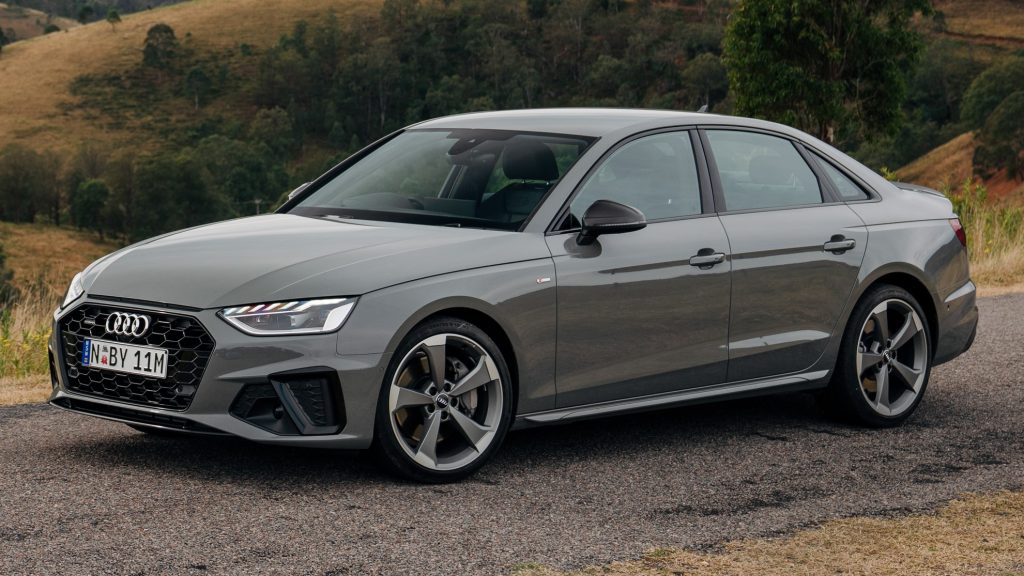
In this case, the car was its own brand. The strategy ties all those cars and markets them as versions of the same one. This way, the base car retains its clientele while the versions seem more attractive because they “inherit” its qualities. Such a broad target audience was important especially to generalist car families.
Sadly, that strategy is difficult to keep. It forces the company to update all the variations at once, but they all sell at different rates. In general, it ends up becoming too expensive and the company prefers to invest in the successful models separately. Fiat did that recently by separating the Strada from its compact line.
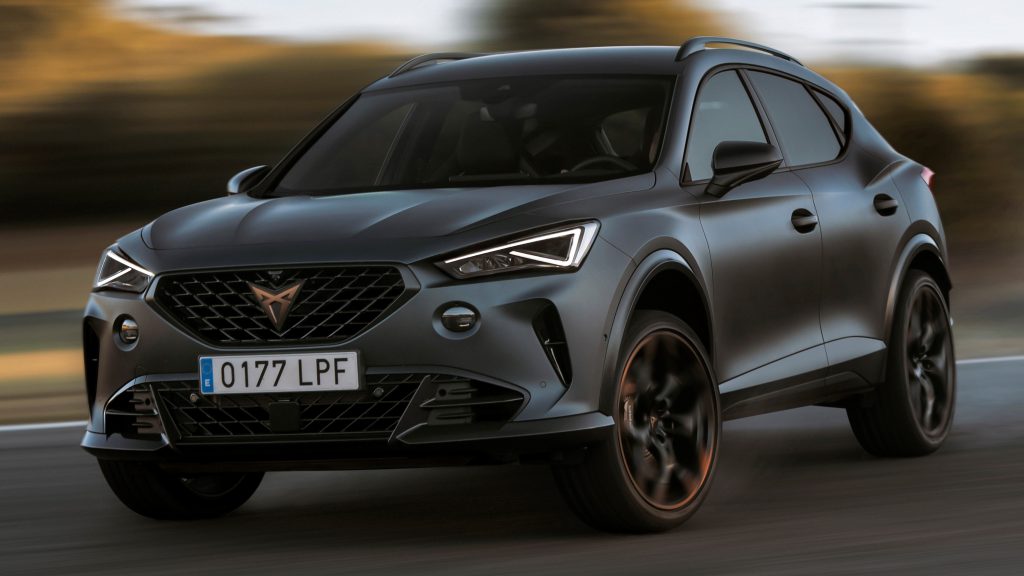
Brand divisions
Building a strong reputation, whether for an automaker or a car model, takes time. And that time must be filled with careful and consistent actions. There are times when branding needs to be quicker and more assertive. Creating an entirely new brand out of nowhere is a useful tool to make statements like that.
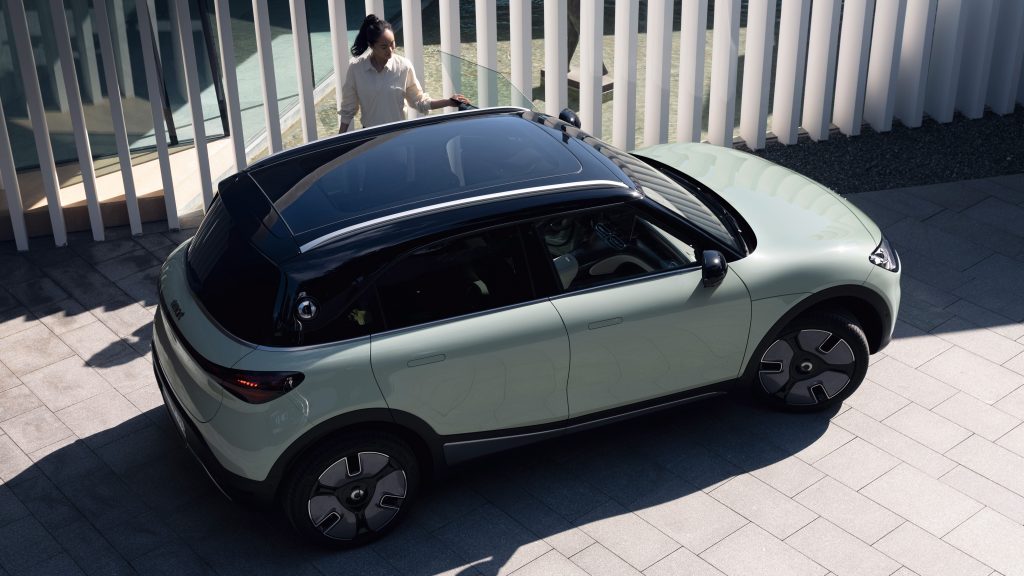
Cupra has come for premium sportiness, Lexus for modern luxury, Mobilize for new solutions in terms of transportation… The possible reasons are countless. The goal here is to get yourself a clean sheet of paper and draw exactly what you want on it. The new brand is born free from any traditions or expectations.
The main downside is that the implied effort and cost are even higher than those of releasing a car model under the regular brand. This is a complex, long-term venture, especially because it certainly will have to operate in many regions to make a profit. Sadly, there have been as many cases of failure as of success.
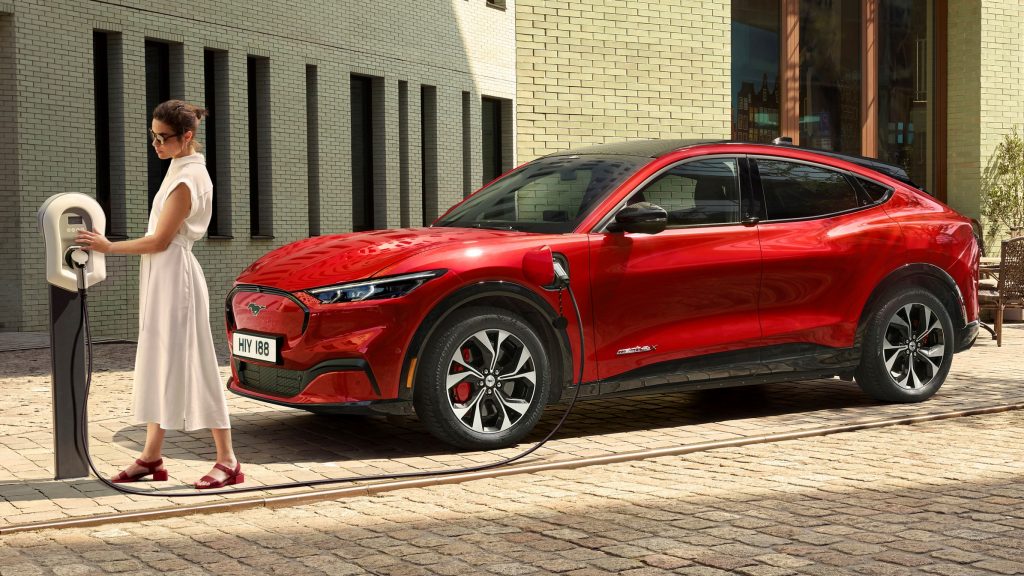
Umbrella branding
In short, this is the strategy of expanding a product name into a brand. Land Rover deserved this article’s first picture because of that, by the way. The Range Rover used to be a single model, but now has regular, Sport, Evoque and Velar variations. They are four independent SUVs bundled into one umbrella brand.
This is not a typical car family because they do not come from the same project. Nor is it a traditional new brand because they are still sold under Land Rover. They are separate products which were made to share some traits. Pretty much like family relatives who have their own personalities but share a genetic trait.
This strategy is not exactly new, but it has made the news recently because of GM. The maker is planning to expand some of its popular nameplates into brand umbrellas. In other words, we may see the Camaro, the Corvette and the Escalade becoming sub-brands over the next years, offering multiple car models.
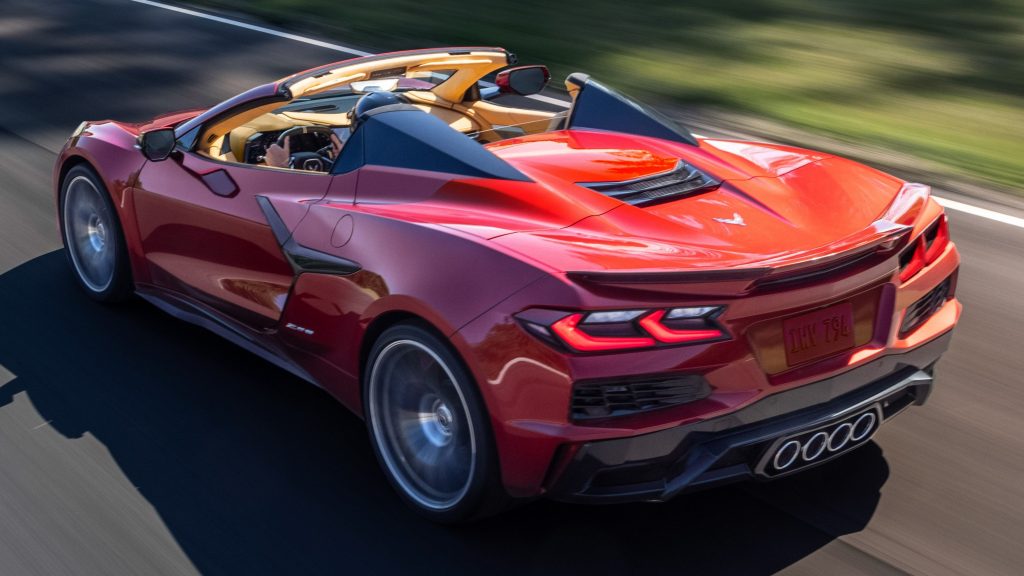
Tell me more about umbrella branding
I will ask you to think of a kitchen sponge. It perfectly handles everyday chores; it absorbs sufficient water and detergent to wash dishes and glasses before becoming dry. Now, imagine you have to wash a greasy pan. You will have a harder time cleaning it with the same sponge; you may even need to use other tools.

We can say that brands act like sponges. They become a symbol of the values and principles defended by the company. Logos and design features are easily visible, but what we truly view is the company’s image. They get “wet” as the years go by with the company working hard to embody those values in practice.
The goal of a brand umbrella is to wash more dishes with the same sponge. Buyers will see the new car as a familiar product, so they will be more inclined to try it. And automakers will have easier marketing work because the new product is not seen as entirely separate from the current line. Seems pretty easy, right?

Greed is good?
To keep using that illustration, the problem is that companies want to wash more and more with the same sponge. Not only dishes, but greasy pans. Especially SUV-shaped ones since that is the body style of the moment. More recently, companies are trying to apply brand umbrellas to increase their EV sales as well.
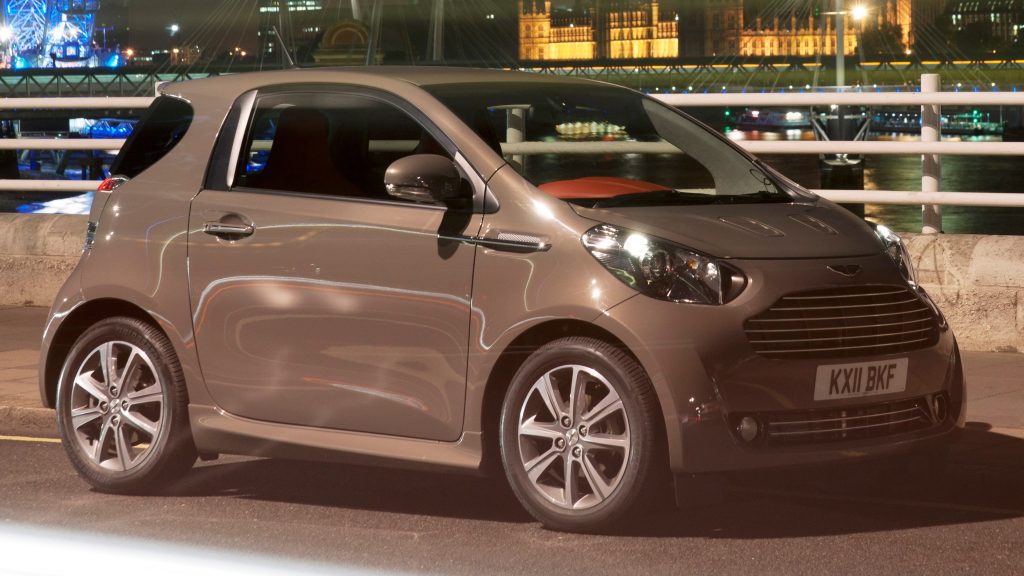
The Eclipse Cross is an accurate illustration of this problem. Brands, as strong as they may be, have a finite scope of effectiveness. The more you stretch that scope, the weaker you make the brand. At some point, the next new product will become a joke in the market and may take down the whole brand with it.
Corvette and Camaro are old-school sports cars. Extending their brands to a four-door coupé and/or to a fully electric sports car is somewhat feasible. Distilling them into SUVs, on the other hand, seems a recipe for an identity crisis on wheels. We always hope for the best, sure, but sometimes it is quite hard to do so.

Sources
- Cadillac Escalade and Chevy Camaro Are the Next GM ‘Brand Umbrellas’ – Car and Driver
- Corvette to Launch as a Brand in 2025 with a Four-Door and an SUV – Car and Driver
- New 2024 Cupra Terramar Revealed As A Hybrid-Only Compact SUV – Carscoops
- What Is Branding and Why Is It Important for Your Business? – Brandingmag
Danillo Almeida has explored his passion for cars in two distinct ways. The first one is his graduation course in Mechanical Engineering, which will hopefully lead to a job position in the field. The other one is expressing his knowledge and opinions on the matter through writing. Almeida has already contributed to blogs, stores, and websites in general writing automotive content in many formats.

